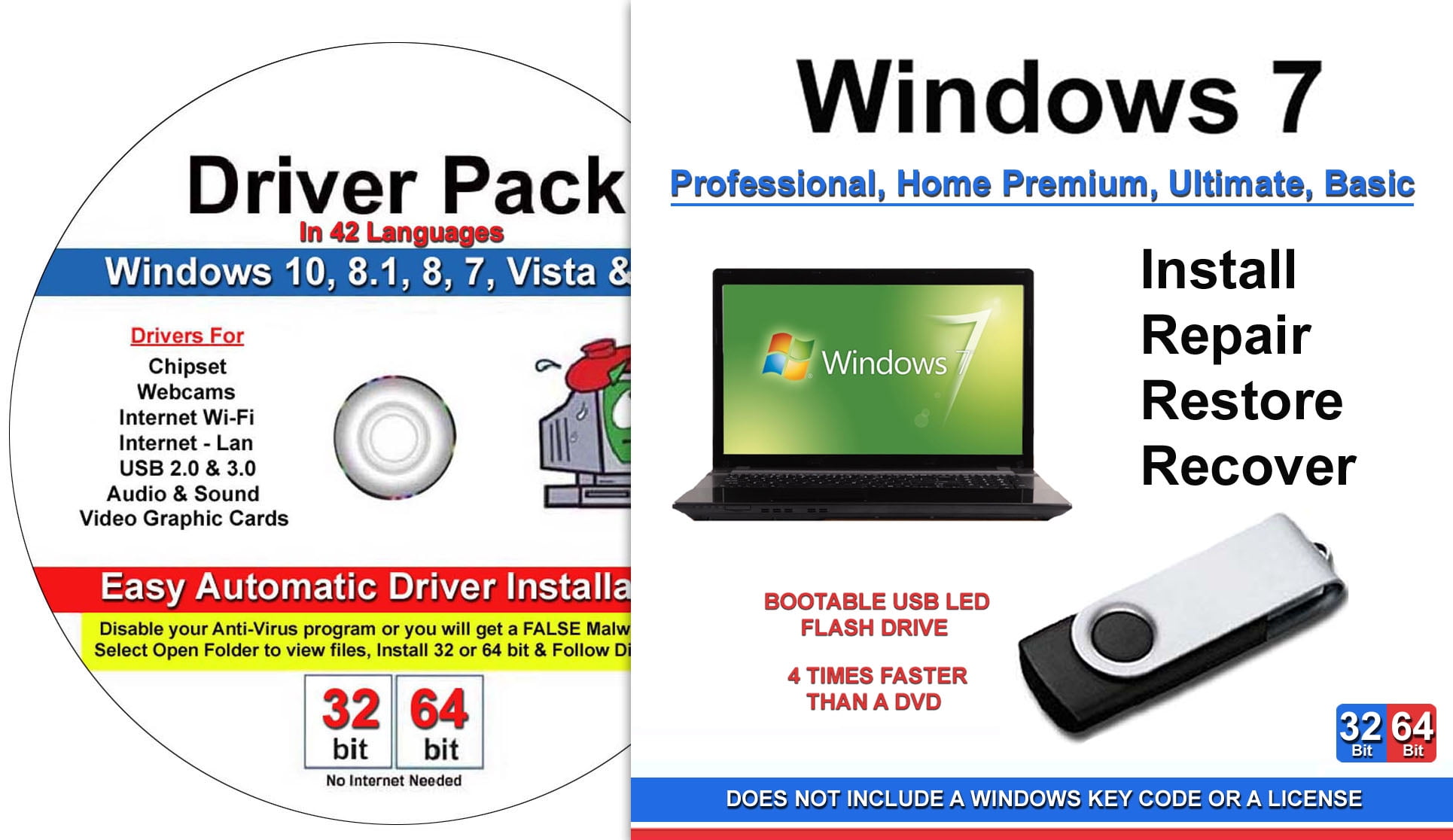

- #HOW TO MAKE A FLASH DRIVE BOOTABLE DBAN WINDOWS HOW TO#
- #HOW TO MAKE A FLASH DRIVE BOOTABLE DBAN WINDOWS INSTALL#
- #HOW TO MAKE A FLASH DRIVE BOOTABLE DBAN WINDOWS WINDOWS 10#
- #HOW TO MAKE A FLASH DRIVE BOOTABLE DBAN WINDOWS PC#
- #HOW TO MAKE A FLASH DRIVE BOOTABLE DBAN WINDOWS FREE#
If you need to format a disk and you can't do it from within Windows, you can create a bootable CD, DVD or USB flash drive and run a free third-party formatting tool.
#HOW TO MAKE A FLASH DRIVE BOOTABLE DBAN WINDOWS HOW TO#
Many people ask how to format a hard disk from BIOS. If you select a size for the partition that's smaller than the total capacity of the drive, say 500B on a 1TB drive, you'll end up with some unallocated space on the drive which you can format by repeating the process you've just completed. When you come to format the partition, our advice is the same as in the Quick Format section above. Once that's done, right-click in the hatched Unallocated space and choose New Simple Volume…įollow the instructions, choosing how big you want the partition to be (in MB - 1024MB = 1GB), and which drive letter you want (one will be chosen, but you can opt to change it if you wish).
:max_bytes(150000):strip_icc()/dban-download-page-a295f1a8c6134da8b5177d8be74c6d9e.png)
Right-click on it and choose Initialize Disk. If you don't see a prompt, look in the list of drives and you should see one that says 'Not Initialized'.
#HOW TO MAKE A FLASH DRIVE BOOTABLE DBAN WINDOWS PC#
You should opt for GPT (GUID Partition Table) if your laptop or PC is modern and has a UEFI BIOS, or your drive is 2TB or bigger. Again, you can do this in Disk Management.Īs Disk Management loads, it will analyse all your computer's drives and will prompt you to initialise any new disk that it finds.


The reason is because it needs to be initialised and formatted.
#HOW TO MAKE A FLASH DRIVE BOOTABLE DBAN WINDOWS INSTALL#
When you install a new (additional) hard drive in your PC, you might wonder why it doesn't appear in Windows. Uncheck 'Perform a quick format' if you are disposing of the drive, otherwise the data won't actually be deleted.Ĭlick OK and you will be asked if you're sure you want to wipe the drive, so confirm that you do and the drive will be formatted. Leave the allocation size set to default. If it's an internal hard drive, you'll want to use NTFS. Type a name for the drive next to Volume label, and choose which file system you'd like the drive to be formatted with. Sometimes a partition will use up the entire disk, but there may be several partitions on one disk. Right-click on the drive you want to wipe and click Format.Īs you can see below, this will only affect the portion (called a partition) of the disk that you select. That's the easiest way to launch Disk Management, but you'll also find it in the Control Panel if you search for 'disk' and select the 'Create and format hard disk partitions'.ĭisk Management isn't as powerful as a standalone partition management tool such as Paragon Hard Disk Manager, but it is still capable of formatting drives.
#HOW TO MAKE A FLASH DRIVE BOOTABLE DBAN WINDOWS WINDOWS 10#
Type diskmgmt.msc or Disk Management into the search box, or if you have Windows 10 press Win+X then K. The right way to format a hard drive or in Windows is as follows, but if you do have an SSD, then check its manufacturer's website as there might be a specific tool available for formatting it. Although deleted files can be recovered in some situations, it's best to assume that no files will be accessible once you have used the techniques below. Warning: make sure you have backed up any photos, videos, music and other documents from your drive before you format it. In fact, if you are disposing of the drive or passing it on to someone else it's worth securely erasing the contents to make sure no personal information can be recovered. It's just a fast way of wiping the drive which is fine if you're going to reuse it yourself, but not if you're disposing of the disk or giving it to someone else. Beware of 'Quick Format' which leaves all your data in place and makes the drive appear to be empty. But there are a different types of formatting. When you format a drive, it frees up space for new files. In order to do this you will need to boot your PC from a Windows installation disc, a USB flash drive or another bootable drive. You can't, for example, format the hard drive on which Windows is running. Note that the process can be different depending on whether it's your only hard drive and whether you have a spare PC or not. We explain how to use tools built in to Windows to completely wipe a PC or laptop drive. Formatting a computer's hard drive is an important step if you're disposing of it and wish to remove all your personal data, and also if you want to completely remove an old Windows installation.


 0 kommentar(er)
0 kommentar(er)
